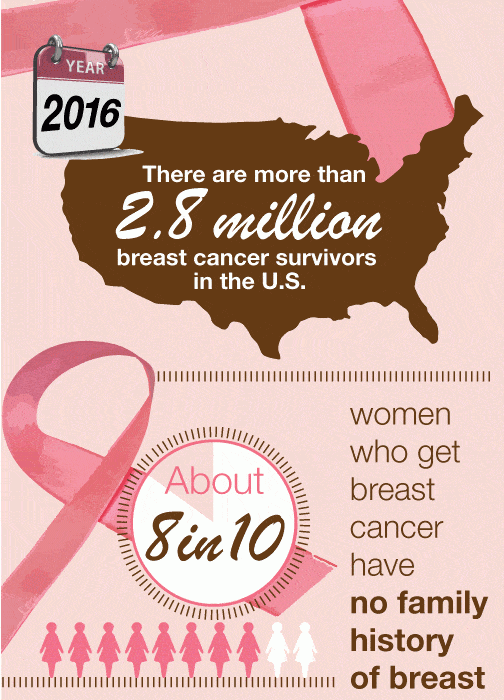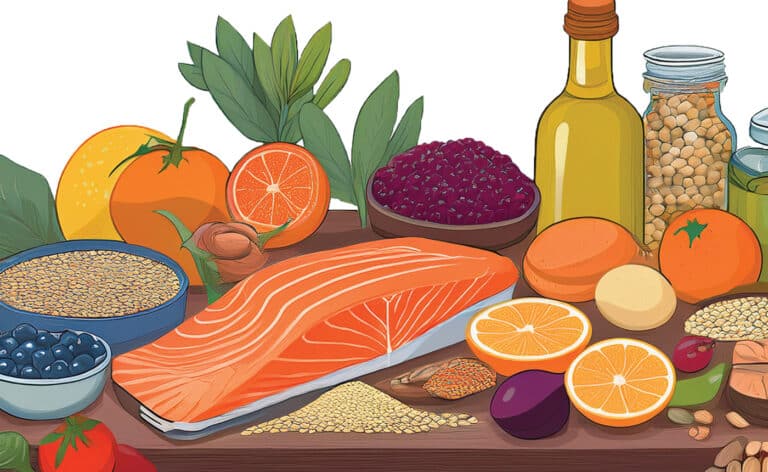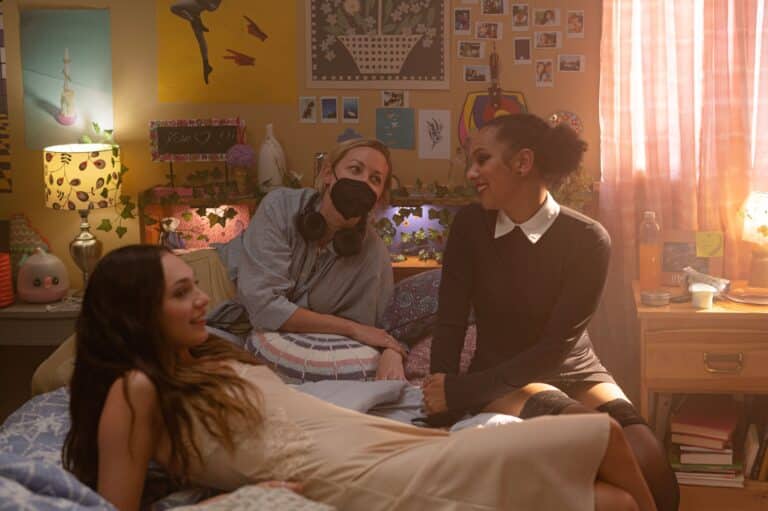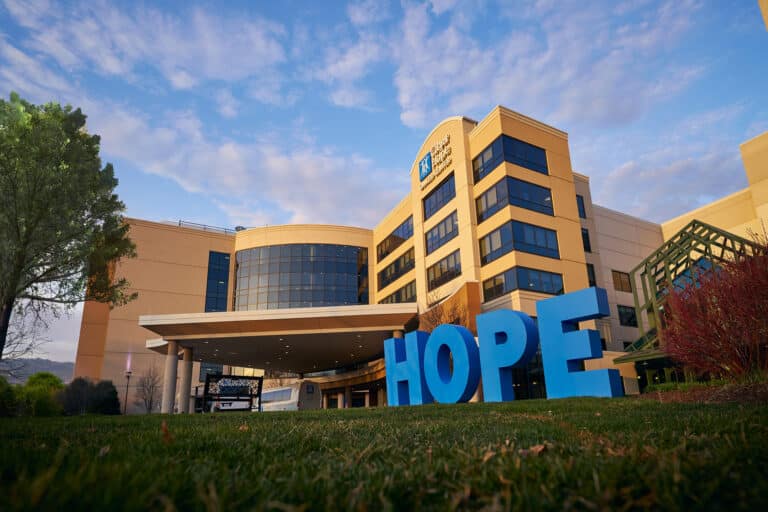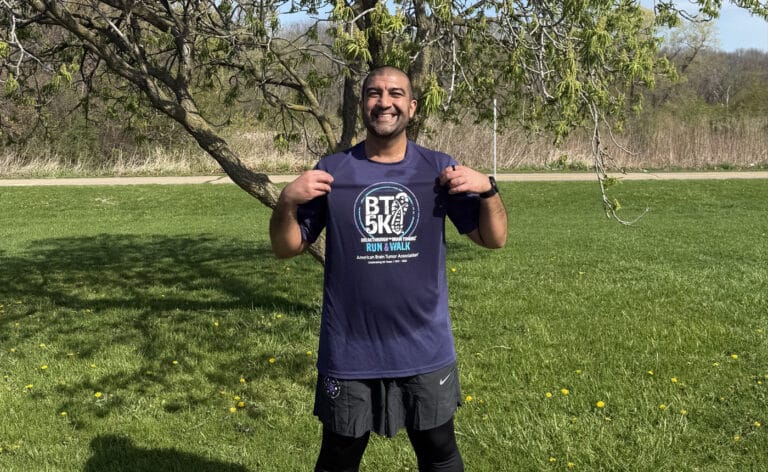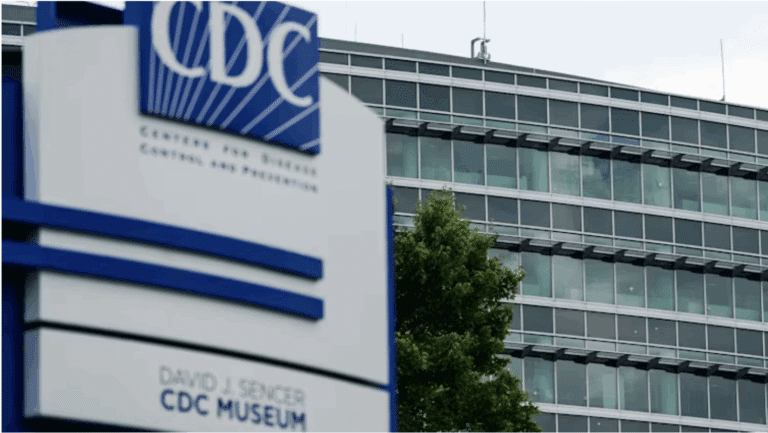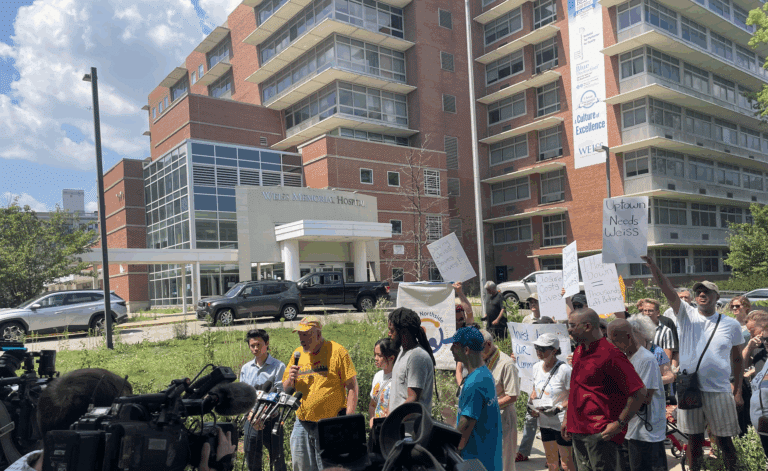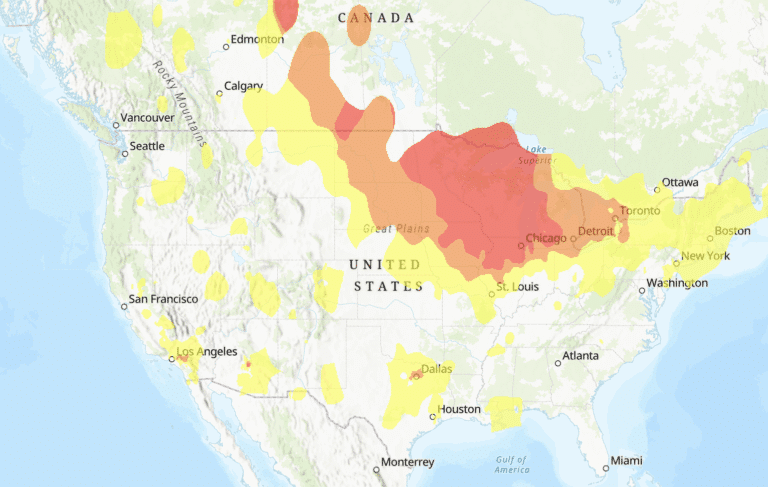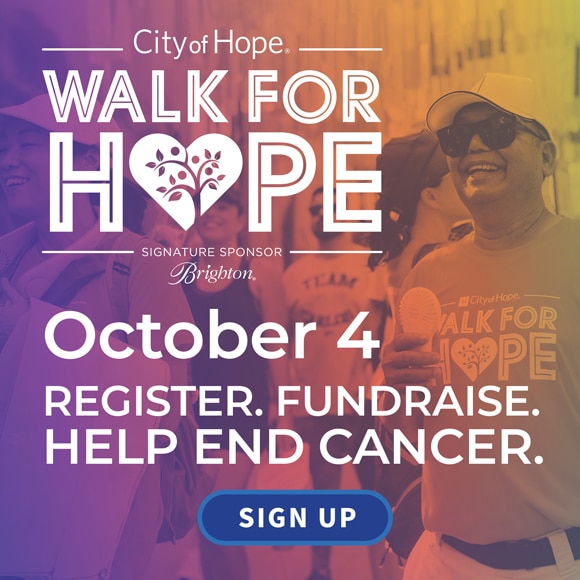From a young age, women spend a lot of time thinking about their breasts. Among these thoughts come many worries. And though all women have breasts, their thoughts and worries are not the same. Except for one.
About 1 in 8 women will develop invasive breast cancer in her lifetime, according to the American Cancer Society. And though breast cancer mortality rates have dropped significantly since 1989 thanks to advances in treatment, increases in routine screenings and better awareness, the American Cancer Society estimates that 40,450 women will die from breast cancer this year alone in the U.S.
Understanding the risk
Like all cancers, breast cancer occurs when abnormal cells mutate into cancerous cells, growing, multiplying and forming tumors within the tissue. While it’s not possible to fully prevent breast cancer—or any cancer—from forming, knowing the risk factors can help a woman decrease her chances of developing the disease. Risk factors include:
Family history. Experts maintain there is a strong link between family history and risk, even though about 8 out of 10 women who get breast cancer do not have a family history of the disease, according to the American Cancer Society. Having a first-degree relative—such as a mother, sister or daughter—who has had breast cancer can double a woman’s risk, says Ann Mauer, MD, section chief of medical oncology at Advocate Illinois Masonic Medical Center.
Genetics. Scientists have pinpointed a number of genes that can predispose a woman to breast cancer. Mutations in the BRCA1 and BRCA2 genes are the most important genetic alterations that increase breast cancer risk. Women born with a mutation in one of these genes have up to an 80 percent chance of developing breast cancer in their lifetime.
But there are three levels of cancer-causing genes, says Kent Hoskins, MD, associate professor at the University of Illinois College of Medicine and director of the UIC Familial Breast Cancer Program. There are those like BRCA1 and BRCA2, which increase the lifetime risk of developing breast cancer to 45 to 80 percent, followed by genes with a moderate likelihood (think a 20 to 40 percent lifetime risk) and, finally, a large classification of genes that raise risk nominally, sometimes by just a percentage point or two. It’s the combination of these genes, and their interaction with environmental factors that influence a woman’s likelihood of developing breast cancer, Hoskins says.
“The absence of a family history doesn’t rule out the possibility that a woman does, in fact, have a genetic predisposition,” Hoskins says. You might not realize you have an increased genetic risk. Genes can be passed down through men, who are not likely to develop breast cancer. And not all women who have the genes get cancer. “It’s never the case that 100 percent of the people who get the gene get the cancer,” Hoskins explains.
Some factors indicate a genetic predisposition to breast cancer, Hoskins says. Those red flags include breast cancer diagnosed at a young age (45 or younger), the presence of women with ovarian cancer or men with breast cancer in the family, Jewish ancestry, development of cancer in both breasts and certain types of breast cancer, in particular a type known as triple negative breast cancer.
Reproductive history. A woman beginning her period early, going through menopause late, never giving birth to a child or giving birth after age 30 can lead to increased risk, Mauer says. The connection, according to the National Cancer Institute, comes down to the duration and levels of exposure to estrogen produced by the ovaries.
Weight. Women who are overweight, particularly those who are post-menopausal and obese, are at greater risk for breast cancer. Breast cancer is estrogen dependent, and estrogen is made in fat cells, especially after menopause. A woman with more fat cells likely has a higher level of estrogen and a greater likelihood of developing breast cancer.
Behavior. Lifestyle factors can play into a woman’s breast cancer risk. For example, the incidence of breast cancer is 24 percent higher in smokers and 13 percent higher in former smokers. Other behavioral factors include poor diet, lack of exercise and regular alcohol consumption.
Hormone replacement therapy. Many women turn to hormone replacement therapy as a means to ease menopause symptoms, but, Mauer warns, using hormone replacement therapy for five years or more can slightly increase a woman’s risk for breast cancer. If you are going to undergo hormone replacement therapy, she adds, use it for the shortest period of time that you can.
A cancer risk assessment combines known risk factors and uses computer models to predict a woman’s lifetime risk of developing breast cancer, Hoskins says. A genetic counselor can determine if genetic testing would be helpful.
Once a woman is aware of her specific risk factors, her next step is to have a discussion with her physician. The more a physician knows about a woman’s particular risk, the better he or she is able to advise the patient on screening—when to start and how often to have mammograms—as well as other preventative measures, like preventive medication.
Reducing the risk
There are some steps you can take to reduce your likelihood of developing breast cancer.
Get more exercise. Exercise can help you maintain a healthy body weight—a clear deterrent against breast cancer, Mauer says. Physical activity also may have protective benefits by reducing cortisol levels. Mauer advises her patients to follow the American Cancer Society’s guidelines, which are to engage in 150 minutes of moderate intensity exercise each week, preferably spread throughout the week.
Reduce your alcohol intake. Drinking alcohol can increase levels of hormones associated with breast cancer and possibly cause damage to DNA and proteins, according to the National Cancer Institute. Studies show that women who drink about three drinks a day have 1.5 times the risk of developing breast cancer as nondrinkers. Hoskins recommends limiting your alcohol consumption to less than one drink a day.
Eat a healthy diet. Eating a plant-based diet rich in vegetables, fruits and grains can be helpful in improving your health and reducing cancer risk, according to the American Cancer Society. For protein, Mauer recommends not depending on red meat, but instead turning to sources like chicken, fish and eggs.
Don’t skip the screenings. Barring important factors like family history and genetic predisposition, the American Cancer Society recommends that women age 45 to 54 get annual mammograms, and women age 55 and older get mammograms every two years, though they can choose to continue yearly screening. Screening should continue as long as a woman is in good health and is expected to live 10 more years or longer. Women with an increased chance of developing breast cancer may be candidates to have an annual MRI breast scan in addition to a mammogram, Hoskins says.
Ask about preventive medication, if at increased risk. In some cases, women who are identified to be at increased risk of developing breast cancer may be offered medications, like tamoxifen, which have been shown to lower the chance of getting breast cancer.
There is no way to completely prevent breast cancer from occurring. Leading a healthy lifestyle, though, can help mitigate the risk. The most important thing you can do is to keep an open dialogue with your physician so that he or she can understand your personal risk and take appropriate measures to help prevent breast cancer or to detect it at an early stage.